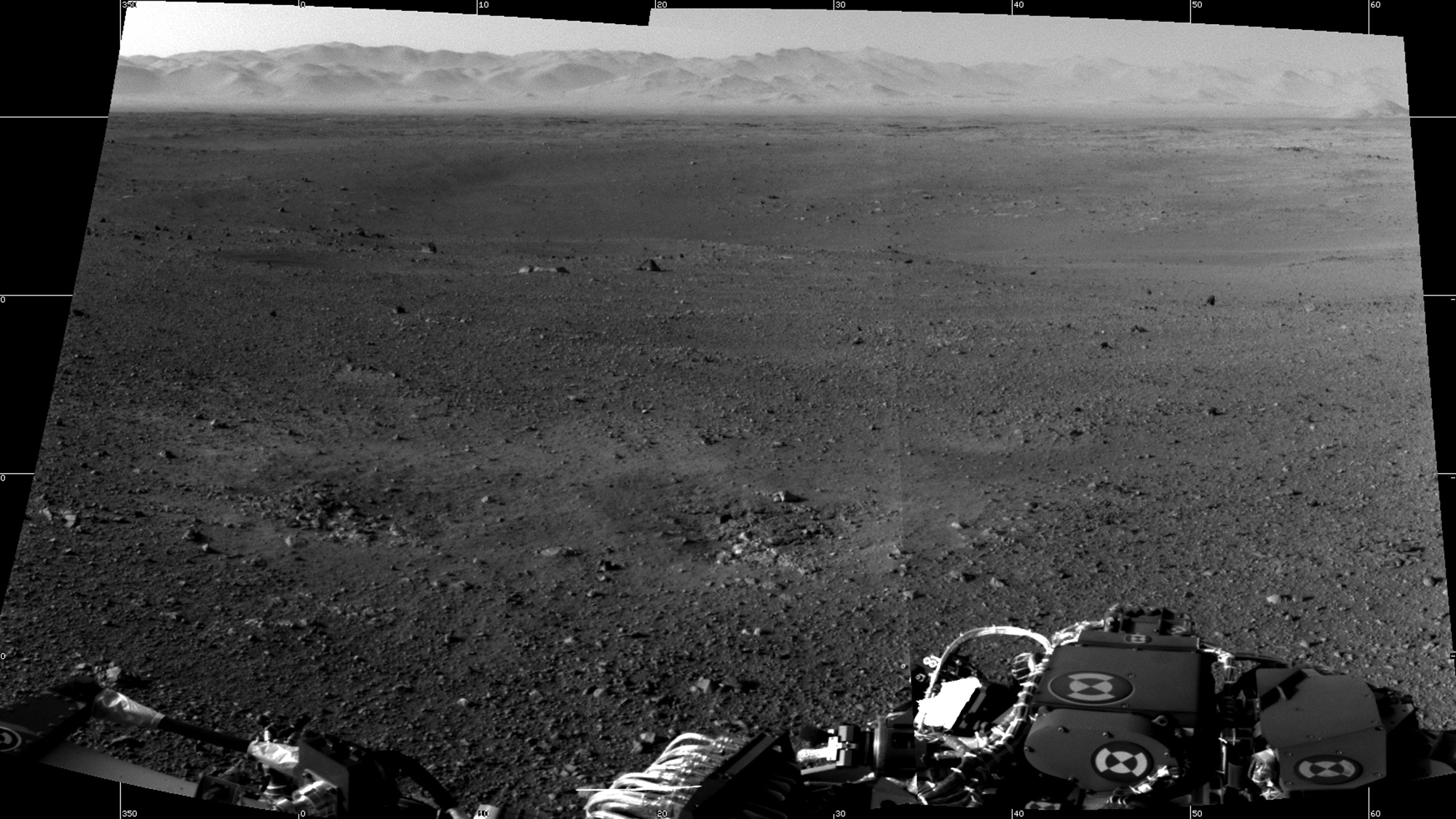Technology
Mars was icy and wet billions of years ago, new research suggests

Today, Mars is cold and dry. Billions of years ago, however, there was liquid water on the surface – and scientists have long been fascinated by what the planet might have looked like back then. a new studypublished in Communication Earth and environment examines data from soil samples collected by NASA’s Curiosity rover on July 7 and compares it to similar soil on Earth. This offers insight into what the surface of Mars looked like billions of years ago – and the data suggests it was actually a cold, wet wasteland of a planet.
[ Related: NASA’s Curiosity rover captures a moody Martian sunset for the first time ]
Curiosity has spent more than a decade in Gale Crater, the landmark of Mars, where it landed in 2012. The 160 kilometer wide crater was formed by an asteroid impact about 3.5 to 3.8 billion years ago. It was chosen as Curiosity’s landing site because of the many clues that it was once a lake. The soil samples Curiosity collected from the crater have several distinguishing characteristics: they contain silica and are rich in iron, but deficient in aluminum.
On Earth, this type of soil is formed by “serpentinization”a geological process that results in the conversion of various minerals into serpentinite. Crucially, this process requires liquid water, and as such the presence of material of a similar composition in Gale Crater provides further evidence that the crater was once filled with water.
The other important feature of the Martian samples is that they are largely ‘X-ray amorphous’, meaning they do not have a repeating crystal structure that can be examined with X-ray diffraction. The amorphous nature of the samples came as a surprise to scientists, largely because amorphous material is generally only thought of as ‘metastable’; as the study notes, it is “prone to conversion to thermodynamically stable and more crystalline mineral phases.”
Why this didn’t happen in Gale Crater remains unclear, but one theory is that the conversion process is held back by “kinetically limiting conditions such as colder temperatures.” If this is the case, it suggests that Mars has always been a cold place.
Given their inability to study Martian soil directly, the study authors did the next best thing: They found similar samples on Earth and studied the properties of those samples instead. They searched several locations with similar soil composition: two locations in California’s Klamath Mountains, one in western Nevada and one in Gros Morne National Park, located on the Canadian island of Newfoundland.
Importantly, the samples from Newfoundland were X-ray amorphous, while those from California and Nevada were not. This suggests that the cold Canadian climate may have been crucial in preserving the lack of crystalline structure – and supports the theory that something similar happened on Mars: “The presence of abundant [iron]-rich amorphous material at Gale Crater is consistent with cool and wet conditions during their formation, followed by cold and dry conditions that favor their persistence.
“This shows that you need the water there to form these materials,” say Anthony Veldman, a soil scientist and geomorphologist now at DRI who co-authored the study. “But average annual temperature conditions must be cold, almost below freezing, to preserve the amorphous material in the soil.”
The study provides a fascinating insight into how scientists can infer information about an environment’s distant past from its geological data. It also suggests that even during the long time liquid water flowed over its cold, distant surface, Mars’ environment was not particularly hospitable.













